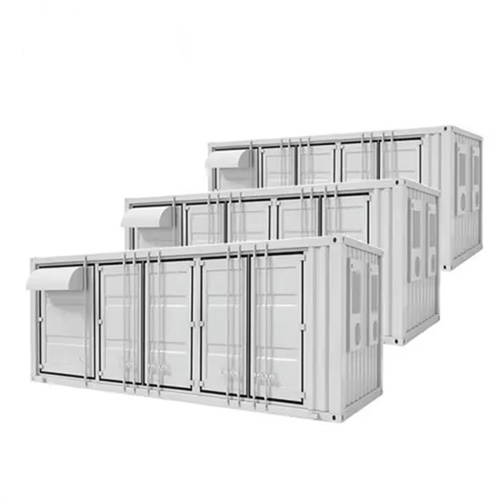About Specifications and standards for drilling holes for photovoltaic panel pile foundations
As the photovoltaic (PV) industry continues to evolve, advancements in Specifications and standards for drilling holes for photovoltaic panel pile foundations have become critical to optimizing the utilization of renewable energy sources. From innovative battery technologies to intelligent energy management systems, these solutions are transforming the way we store and distribute solar-generated electricity.
When you're looking for the latest and most efficient Specifications and standards for drilling holes for photovoltaic panel pile foundations for your PV project, our website offers a comprehensive selection of cutting-edge products designed to meet your specific requirements. Whether you're a renewable energy developer, utility company, or commercial enterprise looking to reduce your carbon footprint, we have the solutions to help you harness the full potential of solar energy.
By interacting with our online customer service, you'll gain a deep understanding of the various Specifications and standards for drilling holes for photovoltaic panel pile foundations featured in our extensive catalog, such as high-efficiency storage batteries and intelligent energy management systems, and how they work together to provide a stable and reliable power supply for your PV projects.
6 FAQs about [Specifications and standards for drilling holes for photovoltaic panel pile foundations]
How is a ground mounted PV solar panel Foundation designed?
This case study focuses on the design of a ground mounted PV solar panel foundation using the engineering software program spMats. The selected solar panel is known as Top-of-Pole Mount (TPM), where it is deigned to install quickly and provide a secure mounting structure for PV modules on a single pole.
How deep is a drilled shaft pile for a solar array?
Drilled shaft piles for solar array footings can vary anywhere from 6 to 24 inches in diameter and 5 to 30 feet deep, depending on site conditions and other variables. The drilled shaft or borehole is filled with high-strength cement grout or concrete. At times, steel casing or re-bar is used for reinforcement.
Are helical piles a good choice for solar array anchoring?
Depending on ground conditions, helical piles can often be shorter in length and therefore cost less in installation time and energy consumption than comparable driven piles or drilled shafts. Some manufactures of helical piles for solar array anchoring assert installation rates as high as 500 piles per day.
Are helical piles good for solar panels?
Helical piles and micropiles work well in compression and tension applications and are ideally suited for solar panel installation. What are the differences between drilled shaft and helical piles? What equipment options are available for their installation?
How do I choose a pile for a solar farm?
The load-bearing capacity needed for the solar farm is another critical factor in selecting the type of pile. Projects requiring high load capacities—such as those with large, heavy solar panels or in regions with significant wind forces—may necessitate the use of concrete or composite piles.
Are solar farms a good market for Pile Driving Contractors?
As the demand for renewable energy increases—solar farms are becoming an ideal market for pile driving contractors due to the need for stable, long-lasting foundations that can support large-scale solar installations.
Related Contents
- Specifications and standards for punching holes in photovoltaic panel purlins
- Photovoltaic panel lead welding specifications and standards
- Railway photovoltaic panel shipment specifications and standards
- Technical specifications and standards for photovoltaic panel bridge
- Photovoltaic panel power connection construction specifications and standards
- Photovoltaic panel foundation pit digging specifications and standards
- Garden photovoltaic panel installation specifications and standards
- Specifications and standards for photovoltaic panel grounding jumpers
- Specifications for the spacing of holes in photovoltaic panel purlins
- National standards for photovoltaic panel installation specifications
- Photovoltaic panel zoning installation specifications and standards
- Slope roof photovoltaic panel installation specifications and standards


